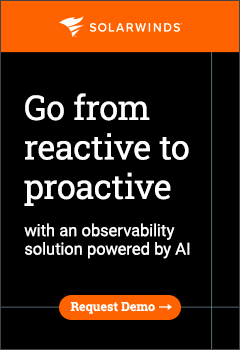New research challenges the idea that 2024 was the year of the ‘digital election’ – particularly for younger voters
New nationally representative research from Marketreach, the marketing authority on commercial mail, reveals that mail is more likely to have had an influence on voting intention than any other marketing channel across all ages. 27% said that Mail was ‘most influential’ on making decisions compared with 24% saying TV and 18% who chose social media.
Mail was voted as having the highest level of engagement at 70%, i.e. it is most likely to be read, shared or talked about, and it was seen as most trustworthy in the run up to the 2024 general election. In fact, it was regarded as almost twice as trustworthy by voters than other channels on average*. Mail is also much less associated with misleading or inaccurate information (20%), compared with social media (34%).

The youngest age groups polled demonstrated the highest levels of engagement with mail. For instance, among 18-24-year-olds, over four in five (81%) people said they had engaged with mail during the run up to the election, higher than social media (72%), posters (67%), online advertising (64%) and party political broadcasts on TV (51%).
Among 25-34-year-olds the figures were 69% for mail, followed by social media (63%), posters (52%), online advertising (48%) and party political broadcasts on TV (32%). In addition, 60% of 18-19 year olds (new voters) kept any mail until a few days before the election versus an average of 27%.
Andrew Marr, journalist, broadcaster and commentator, wrote in the report’s foreword: “Elections are national, sometimes even global, events. But in our Parliamentary system, they are first of all local ones. We want a direct, emotional connection between ourselves, the candidates and ultimately the MP. It’s about intimate space – mail arrives at an actual address not an IP address; a physical postcode, not a digital identifier; something I can hold in my hand, not something only held, briefly, in the mind’s eye. And something that I can trust. This report is a welcome dose of reality, a happy corrective.”
The research was conducted in partnership with Thinks Insight & Strategy. Released during this year’s Parliament Week (18th-24th November), the research and report explore voter behaviour in relation to marketing from all parties in the 2024 election. The report from Marketreach, entitled Landslide: How mail swept the board for political parties in the 2024 General Election, explores why certain channels are more effective over others. The research found that mail is more effective at:
Making people think
Voters who received election mail found that it was more than 50% more effective at making them think about their voting intentions than other channels. This could be because mail was seen as having close to twice the relevance of other marketing channels in the run up to the election and was the most likely of all channels tested to be perceived as trustworthy. Subsequently, mail was considered the most useful channel for future election communications – chosen by 36% of respondents, compared with 31% who said party political broadcasts and 15% who said social media.
Being memorable
There was some Election mail presence throughout the campaign, but the volume became much larger towards the end of the campaign period. It became the most recalled communications channel – with three quarters (74%) recalling a piece of mail towards the end of the campaign compared to one third (32%) for social media from political parties.
Reaching voters locally
Locality is important. Mail is the only medium that can be localised down to constituency level, which means the content can be personalised to very small groups of voters and their concerns, with 65% of respondents reporting that mail was primarily focused on the election in their local constituency. This is almost three times higher than the figure for online advertising (22%) and for social media (23%).
Amanda Griffiths, Head of Planning & Insight at Marketreach who commissioned the research said: “Everyone thought reaching voters in this election was going to be about digital channels. It wasn’t. In fact, mail proved to be the most effective way for political parties to communicate – according to the voters themselves. And it’s even more effective when integrated with other media. For all the talk about the shift to digital in all areas of life, there are some times when we want things to be tangible, steadfast and dependable. When it comes to important moments of contemplation we want to deliberate carefully and in our own time. Mail delivers on this desire, and it is effective with younger generations too.”
To read more about the research and insights from Marketreach, go to www.marketreach.co.uk/resources/landslide






Recent Comments